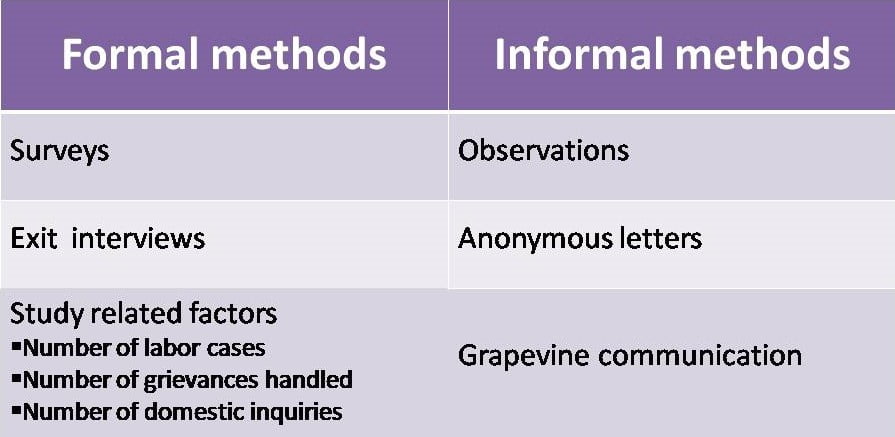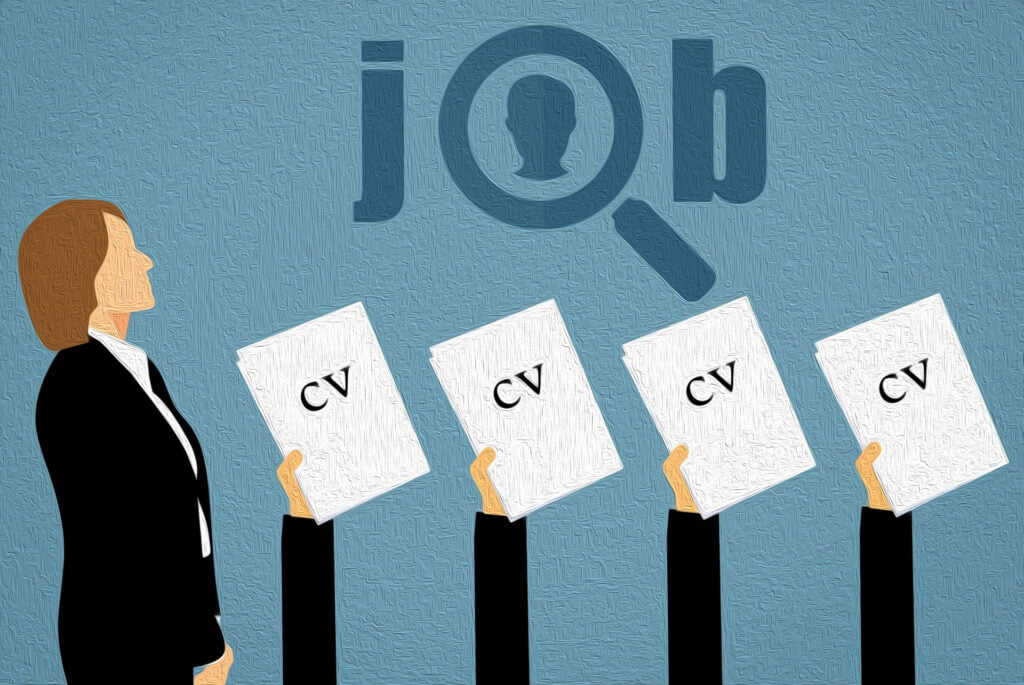Human resources are the most valuable asset for an organization. It is live and it has its unique characteristics. Human resources are significant to accomplish organizational goals and objectives. Therefore managing a better connection with employees is a necessity for every organization. This connection between organizations and employees can be defined as employee relations (ER).
Employee relations is one of the key functions in Human Resource Management. In this chapter, we discuss some key areas on employee relations including, the meaning, definitions, importance, and impact of poor ER, process, and practice of employee relations
Meaning of employee relations
In simple terms, employee relations can be referred to as the relationship between organization/employer and employees. This is an important function in human resource management and, every organization makes an effort to build and manage an encouraging relationship with their employees. If employees work with loyalty and are more engaged with their particular jobs, it is very easier to achieve organizational goals.
Definition of employee relations by authors
“The study of the relationship that exists between employees and the employers”
(Donohoe, 2015)
“Employee relation is a specialized discipline in human resource development and management”
(Yongcai, 2010)
“Employee relations is the organization’s concerted effort in adopting several mechanisms to regulate relationship amongst employees towards the achievement of the organization goals”
(Jing, 2013)
Importance of employee relations
Employee relations Is so important to both employee and employer in many ways such as,
- Employee relations enhances relations between employers and employees
- ER reduces disputes between parties and serves better solutions.
- ER help to reduce the cost of employment.
- It is easier to accomplish sustainability with a developed workforce.
- Employee relations improve productivity and work efficiency in the organization.
- ER reduces wastages
- ER are helpful to increase the organization’s goodwill.
- It promotes trust between employer and employee.
Impact of poor Employee Relations
As mentioned earlier, employee relations play a vital role in the organization. However, if an organization failed to manage its employee relations well, the organization may have to face many consequences. It means, poor employee relations influences badly on the organizational success and, it is difficult to accomplish desired goals and objectives.
Some consequences of poor employee relations are as follows
- Lack of employee involvement and less focus on their job
- Employees have some issues with their employer’s every decision and moves
- Employee absenteeism increases
- Difficult to complete a particular task within a desired period of time
- Wastages increases
- Less motivated and unsatisfied employees
- Lack of productivity and efficiency
- Lack of creativity and innovation
- It is harmful to the organization’s goodwill.
- Organization’s profit decreases.
Process of managing Employee Relations
With the incorporation of human resource practices such as employee involvement, participatory management, and communication, there are some improvements in employee relations.
The entity may conduct a corporate strategy and policy on HR management, especially focusing on key result areas such as human resource planning, compensation management, training and development, performance management, and health & safety-related practices. And also, the entity can develop a process to manage its ER to ensure a secure work climate.
When considering the process of managing employee relations, it consists of four steps. The steps are (1).conducting an analysis of the current ER process, (2). Evaluate the efficiency of the current ER process and ideas for further developments, (3).implementation of best practices and, (4). Continuous monitoring and reporting.
1. Conducting an analysis on the current ER process
It is so important to be considered about existing level of employee relations and there has to be well established strong communication network (top to bottom/ bottom to top) for the organization. There are two methods of gathering data to analyze ER process. One is the formal method and the other one is the informal method. Basically, organizations properly use evidence-based quantifiable data. Although there are informal methods to gather data, it is not always a recommended path.

2.Evaluating the efficiency of the current ER process and ideas for further developments
When the organization’s management collects and analyzes trustworthy data, they may utilize it to make decisions and come up with new ideas for development. As a result, a thorough investigation will be conducted to assess the current ER procedure and to identify and agree on best practices to be implemented.
This procedure can also be carried out through a cross-functional team of professionals in their respective fields and soliciting their input and feedback on the workplace’s ER process.
3. implementation of best practices
Internally, identified best practices will be examined for adaptability in the current organizational environment and culture and will be implemented as needed with management permission
4. Continuous monitoring and reporting.
Human resources are the most significant asset for an organization and their mindsets, their future expectations change day by day. Therefore, it’s necessary that the organization revisits its ER processes frequently and updates them to meet the new needs of its employees.
The practice of employee relations
Employee Discipline
Employee discipline is significant for every organization, it helps organizations to maintain their smooth functioning. Therefore the Employee Discipline can be referred to as the backbone of an organization. When it comes to the meaning of Employee Discipline, it is a structured method of conducting employees according to the rules and procedures of the organization.
And if there are some misconducts with Employee Discipline, the organizations resolve those misconducts by reacting proactively. Some proactive steps that are used by organizations are, Building awareness and Self Discipline, conducting training programs, good communication within the organization, and sharing objectives of rules and procedures.
Employee Communication
Employee communication plays an important role in maintaining proper ER within the organization. Sharing ideas, information, and feeling between employers and employees will enable good relationships and collaboration within the working environment. And also better employee communication improves employee productivity as well as employee engagement. Hence, Employee communication is a significant factor for accomplishing organizational objectives.
Employee Grievances
Employee Grievances means a discontentment of an employee(s) with the organization and its management. This may be about the work, working environment, or someone, so the organization must pay attention to the grievance and take them seriously. Because this impacts on the employee productivity and directly or indirectly this will affect tho the organization. Therefore an organization needs to handle their employee grievances continuously by appointing a Grievance Handling officer.
Working with Trade Unions
Trade unions, also known as labor unions are a combination of employees in the organization. The main purpose of these unions is to secure the job and secure improvements in working conditions, pay, and other benefits thru collective negotiating. Some advantages of trade unions are, it ensures equality, provide a channel of communication, it has better employer relations, and provide a channel of representation.
Summery
- employee relations can be referred to as the relationship between organization/employer and employees
- ER is an important function in human resource management and, every organization makes an effort to build and manage an encouraging relationship with their employees
- ER Is so important to both employee and employer in many ways
- if an organization failed to manage its employee relations well, the organization may have to face many consequences
- conducting an analysis of the current ER process, Evaluate the efficiency of the current ER process and ideas for further developments, implementation of best practices and, Continuous monitoring and reporting. Are the four steps of ER process.





